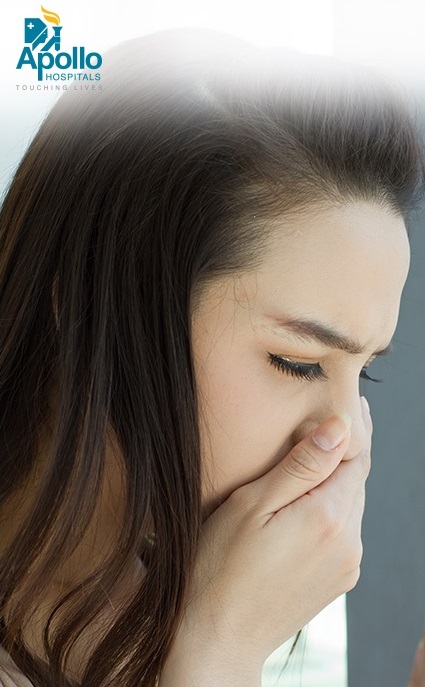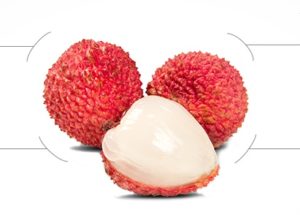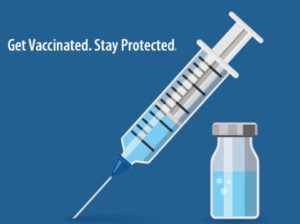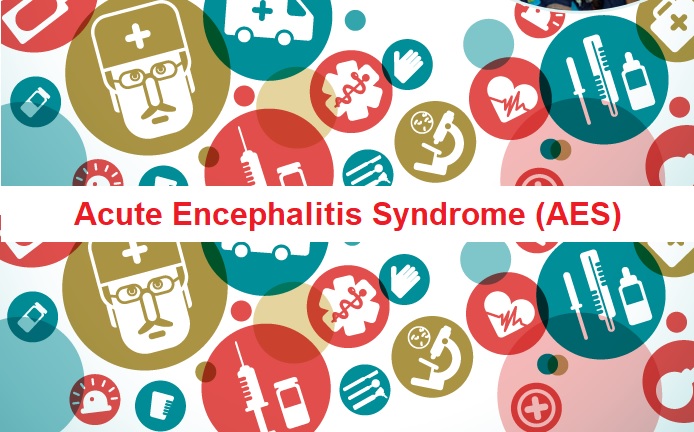Muzaffarpur, Sheohar, Vaishali, and East Champaran districts in Bihar once reeled under the outbreak of Acute Encephalitis Syndrome (AES). The syndrome affected hundreds of children and claimed many lives. The deaths of most of the children were attributed to low blood sugar level (hypoglycaemia).
AES or Japanese Encephalitis, also known as ‘Chamki Fever’ or Litchi Virus in India, is an umbrella term used for infections that cause inflammation, irritation or swelling in the brain. AES complications may include memory loss, coma and even death. Here is more on the syndrome:
Signs and Symptoms of AES
The signs and symptoms typically include:

- High Fever
- Headache
- Vomiting
- Confusion
- Seizures
- Sensitivity to light
- Stiff neck and back
- Memory loss
- Problems with speech or hearing
- Drowsiness
- In some severe cases, paralysis and coma
Who is affected?
- It mostly affects people below 15 years.
- Acute Encephalitis Syndrome (AES) has its endemic zones covering the Gangetic plain like states of Bihar, Assam, eastern UP, West Bengal and some parts of Tamil Nadu.
What Causes AES?
Sources like fungus, bacteria, chemicals, parasites, toxins, and spirochetes are reported as the cause of AES over the past few decades. However, viruses are also behind the cause of AES in India. In addition to viral encephalitis, a severe form of toxoplasmosis and leptospirosis can cause AES. Apart from this, the causative agent of AES varies with geographical location and season.
What is the link between AES and Litchi Fruit?

The logic behind the link between litchi fruit consumption and AES is that when children eat large amounts of unripe litchi fruits (on an empty stomach), it may lead to hypoglycemic encephalopathy. It is a brain injury that causes prolonged or severe hypoglycemia or low blood sugar. Unripe litchi has the toxins hypoglycin A and methylene cyclopropyl glycine (MCPG) that cause vomiting if ingested in large quantities. An India-U.S. team confirmed the role of the toxin MCPG in 2017.
Well-nourished children are not affected by the consumption of Litchi fruit. AES affects only undernourished children who consumed litchi fruit the previous day and went to bed on an empty stomach.
However, while linking the litchi fruit to AES deaths (owing to the presence of infectious organisms) is well documented, this alone cannot be attributed to as the main cause of death. Some recent findings by specialists have narrowed down the main reasons for AES to multiple other factors, like humidity, malnutrition, heat, and poor hygiene.
Can We Treat AES?
We can treat Acute Encephalitis Syndrome (AES) using antibiotics, antiviral medication, and supportive care. The treatment for hypoglycaemia includes supplying dextrose, a simple sugar similar to glucose, intravenously. Other measures include:
- Ensuring children eat cooked meals before going to bed
- Keeping children under parental supervision so that they can prevent them from eating unripe and too many litchis
How can AES be prevented?
AES can be prevented by:

- Proper sanitation facilities
- Increasing access to safe drinking water
- Improve the nutritional status of children who are at risk of AES
- Preventive measures should be directed at reducing the overall mosquito density. Personal protection against mosquito bites by using mosquito nets that are treated with insecticide is recommended. Other methods like wearing fully covered, loose-fitting clothes or use of repellents, etc. need to be adopted to avoid mosquito bites
- The transmission risk increases when animal sheds (especially piggeries) and human dwellings are situated very close to each other
- Vaccination: As per the guidelines of the Government of India, two doses of the JE/AES vaccine have been approved to be given. One with the measles vaccine at 9 months of age and the second with the DPT booster at 16-24 months of age
This is a brief guide on Encephalitis Syndrome (AES). It is important to be aware of this life-threatening disease and the preventive measures that must be taken for the same.


